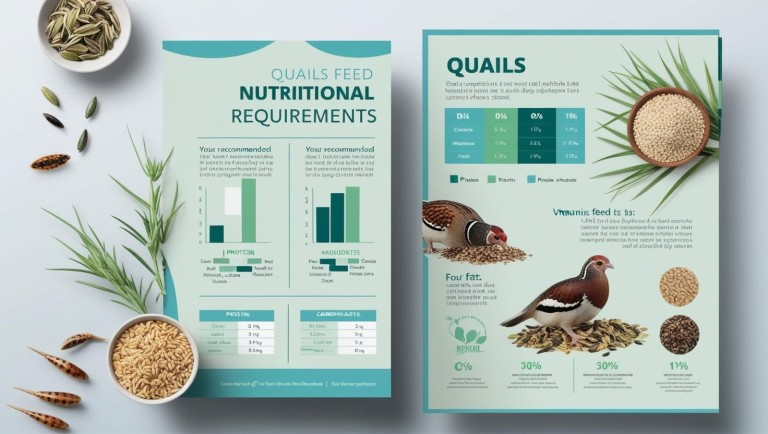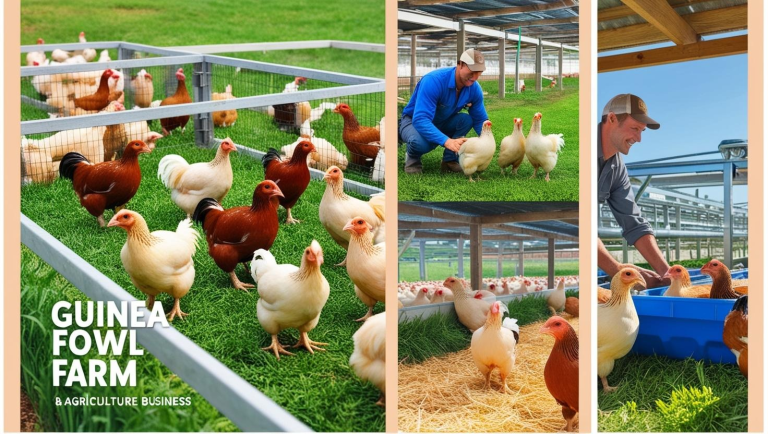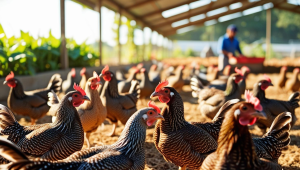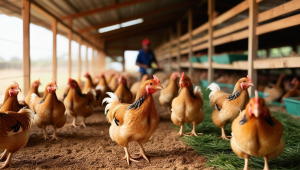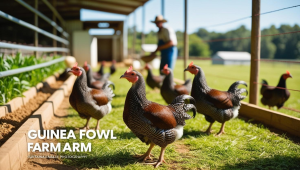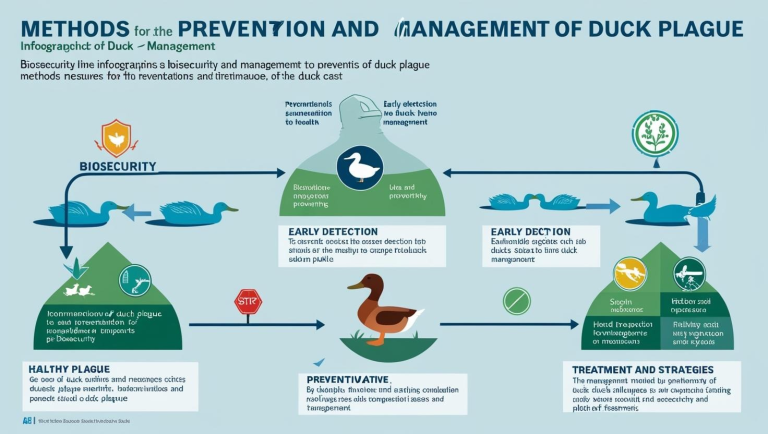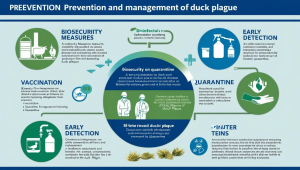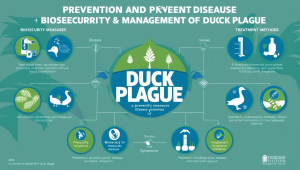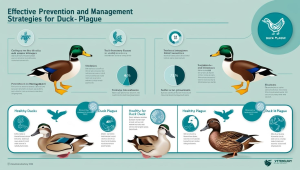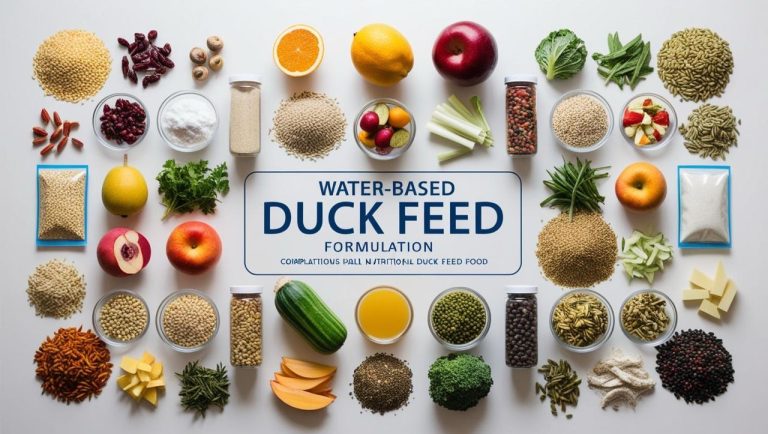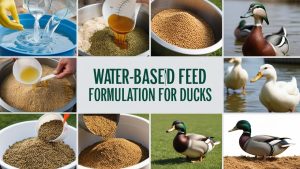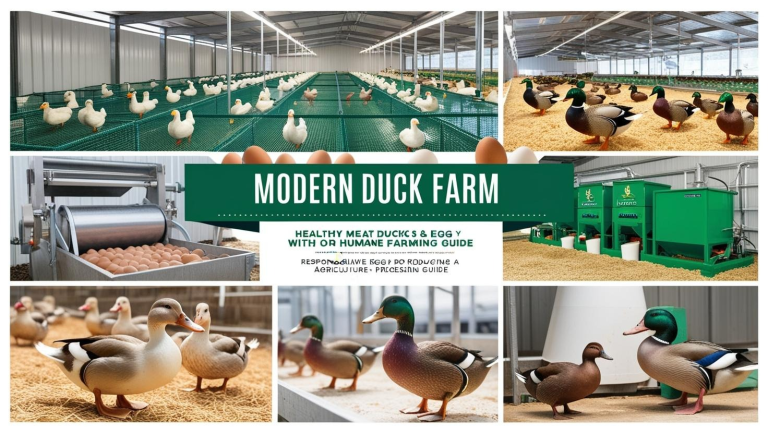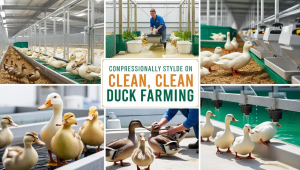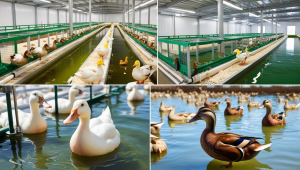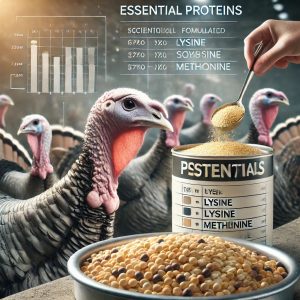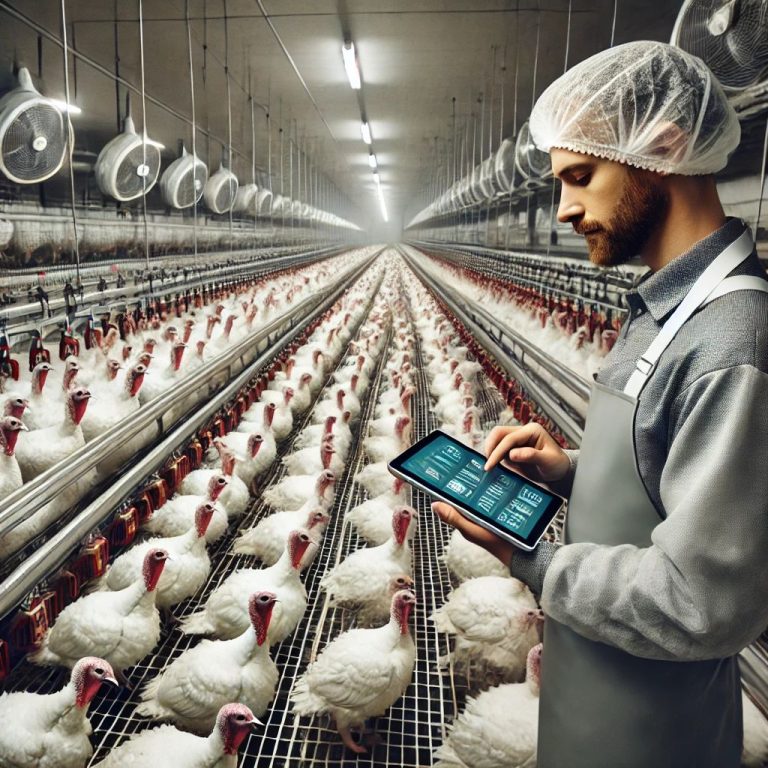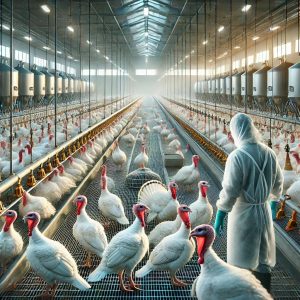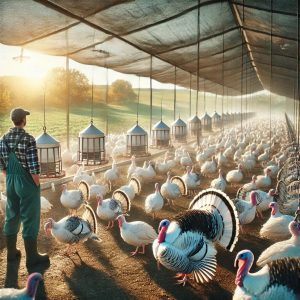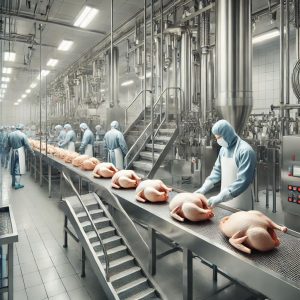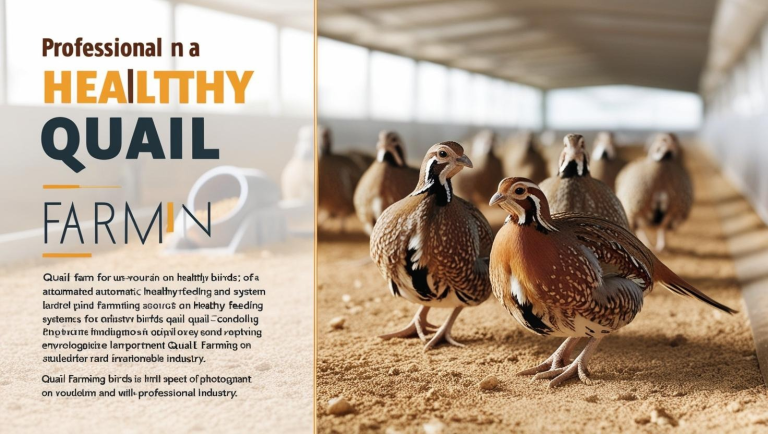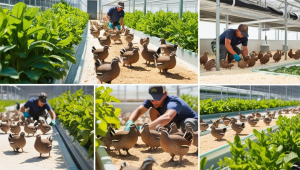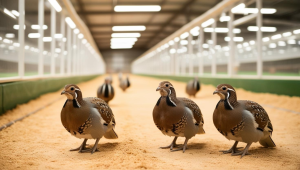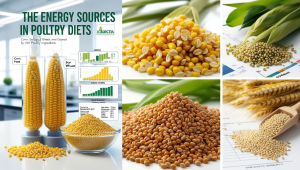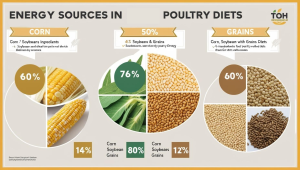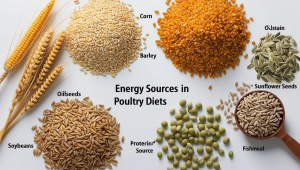Quail farming has gained popularity due to its economic benefits, low space requirements, and fast production cycle. To maximize productivity, it is crucial to understand and meet the nutritional requirements of quails at different growth stages. Proper nutrition ensures high egg production, rapid growth, good health, and disease resistance.
This article provides a detailed guide on the essential nutrients required for quails, the best feeding practices, and how to formulate balanced quail diets.
Click HERE to join our WhatsApp group
Importance of Proper Nutrition in Quails
A well-balanced diet contributes to:
Fast growth and development
Higher egg production and improved hatchability
Strong immunity against diseases
Better feed conversion efficiency
Reduced mortality rates
To achieve these benefits, quails must be fed with a nutrient-dense diet that fulfills their energy, protein, vitamin, and mineral needs.
READ ALSO: Beef Cattle Farming: Breeds, Housing, and Management
Nutritional Requirements of Quails at Different Growth Stages

a) Starter Stage (0-3 Weeks Old)
Newly hatched quail chicks require a high-protein diet to support their rapid growth.
Crude Protein: 28-30%
Energy: 2,900-3,000 kcal/kg
Calcium: 1%
Phosphorus: 0.5%
Methionine and Lysine: Essential amino acids for muscle development
Vitamin A, D, and E: Critical for immune system support
b) Grower Stage (3-6 Weeks Old)
During this phase, the focus shifts to preparing quails for breeding or meat production.
Crude Protein: 24-26%
Energy: 3,000 kcal/kg
Calcium: 1.2%
Phosphorus: 0.5%
Vitamin B-complex: Aids metabolism and energy production
c) Layer Stage (6 Weeks and Above)
Laying quails need a diet rich in calcium and protein for egg production.
Crude Protein: 18-20%
Energy: 2,800-3,000 kcal/kg
Calcium: 2.5-3.5% (for strong eggshells)
Phosphorus: 0.6%
Omega-3 Fatty Acids: Enhances egg quality
Vitamin D3: Aids calcium absorption for eggshell formation
READ ALSO: Dairy Farming: Best Practices for High Milk Yield
d) Breeder Stage (For Reproduction)
Breeder quails need optimal nutrition for high fertility and hatchability.
Crude Protein: 20-22%
Energy: 3,000 kcal/kg
Calcium: 2.5%
Phosphorus: 0.7%
Vitamin E and Selenium: Supports reproductive health
Zinc and Manganese: Improves hatchability and eggshell quality
Essential Nutrients for Quail Diets
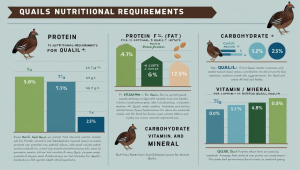
a) Energy Sources
Energy is essential for growth, egg production, and overall metabolism.
Maize, wheat, and barley provide carbohydrates.
Fats and oils (soybean oil, fish oil) enhance energy levels.
b) Protein Sources
Protein is critical for tissue development, feather growth, and egg production.
Soybean meal, fish meal, meat meal, and sunflower meal are excellent protein sources.
Amino acids (methionine, lysine, tryptophan) improve protein utilization.
c) Vitamins and Minerals
Vitamins and minerals are required for metabolism, bone formation, and immune function.
Calcium and phosphorus: Essential for eggshell formation and skeletal development.
Vitamin A: Supports vision and immune health.
Vitamin D3: Enhances calcium absorption.
Vitamin E and selenium: Prevents oxidative stress.
B-complex vitamins: Important for metabolism and nerve function.
READ ALSO: Parasites in Livestock and Poultry: Identification and Control
d) Water
Water is the most crucial nutrient and should always be clean and available.
Quails consume 2-3 times more water than feed.
Lack of water reduces growth rate, egg production, and feed conversion efficiency.
Feeding Strategies for Maximum Productivity
To ensure optimal nutrition, consider the following feeding methods:
a) Free-Choice Feeding
Allows birds to eat as needed, ensuring proper growth and egg production.
Suitable for commercial quail farming.
b) Restricted Feeding
Involves giving a measured amount of feed at specific intervals.
Helps control body weight, especially in breeder quails to improve fertility.
Prevents excessive fat deposition that can affect egg production and hatchability.
Requires careful monitoring to ensure quails are receiving sufficient nutrients.
c) Phase Feeding
This method involves adjusting the feed composition according to the birds’ age and production stage.
Optimizes nutrient intake for each stage (starter, grower, layer, breeder).
Reduces feed costs by avoiding over-supplementation.
Helps in better planning and inventory of feed ingredients.
d) Use of Feed Additives
Feed additives can enhance digestion, immunity, and overall productivity.
Probiotics and prebiotics: Improve gut health and nutrient absorption.
Enzymes: Aid digestion, especially of fiber and complex carbohydrates.
Coccidiostats and antibiotics (used judiciously): Prevent common diseases and infections.
Antioxidants: Maintain feed quality and reduce oxidative stress in birds.
Common Feeding Mistakes to Avoid

Feeding moldy or contaminated feed, which can cause illness or death.
READ ALSO: Biosecurity Measures in Livestock and Poultry Farming
Inconsistent feeding schedules, leading to stress and reduced productivity.
Over-supplementation of nutrients, which can lead to toxicity or waste.
Not adjusting feed composition according to seasonal changes or production goals.
Conclusion
Proper feeding practices and well-balanced diets are key to successful quail farming. Understanding the nutritional needs at each life stage, using quality feed ingredients, and employing effective feeding strategies can significantly improve growth rates, egg production, and overall farm profitability. Farmers should continuously evaluate and adapt their feeding programs to align with the specific needs of their flock and production goals.
READ ALSO: Ration Balancing for Maximum Productivity
Ration balancing is a critical aspect of livestock nutrition that ensures animals receive the right proportions of nutrients to maintain health, maximize productivity, and optimize feed efficiency. Whether raising dairy cattle, beef cattle, poultry, sheep, or goats, providing a well-balanced diet enhances growth rates, milk yield, reproduction, and overall animal performance…
READ ALSO: Water Quality and Its Impact on Poultry Health
Water quality is a crucial factor in poultry production, directly influencing bird health, growth, and overall farm productivity. Contaminated or poor-quality water can lead to disease outbreaks, reduced feed conversion efficiency, and economic losses for poultry farmers. This article explores the importance of water quality in poultry farming, the key contaminants affecting poultry health, methods of water quality assessment, and best practices for maintaining clean water supplies…
Click HERE to join our WhatsApp group

